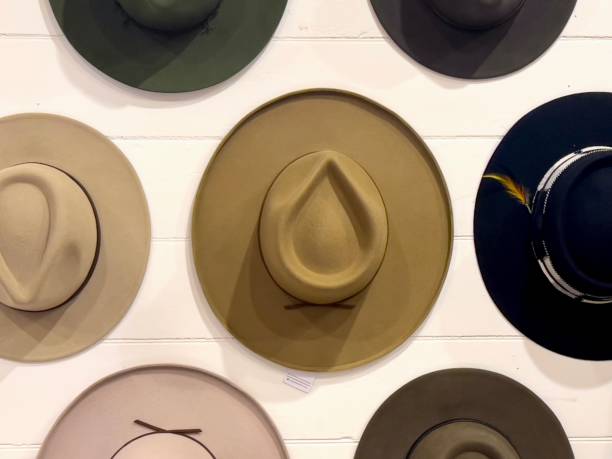
Hats have long been revered as more than just accessories; they’re timeless symbols of style, culture, and practicality. From humble beginnings as functional headgear to their evolution into fashion statements, hats have played a significant role in shaping human history and self-expression. Let’s delve into the fascinating world of hats, exploring their rich heritage, diverse styles, and enduring appeal.
Heritage and Evolution:
The history of hats dates back thousands of years, with evidence of head coverings found in ancient civilizations across the globe. Initially, hats served practical purposes, such as protection from the elements, religious significance, or social status. Over time, hats evolved in design and construction, reflecting changes in fashion trends, technology, and cultural influences.
Iconic Styles:
Hats come in a myriad of styles, each with its own unique charm and cultural significance. From the elegant silhouette of the fedora to the sporty appeal of the baseball cap, hats offer endless possibilities for self-expression and personal style. Other iconic styles include the floppy sun hat, the cozy beanie, the sophisticated cloche, and the versatile bucket hat, among many others.
Fashion Statements:
Hats have played a central role in the world of fashion, with designers and style icons alike embracing them as key accessories. Whether worn on the runway, the red carpet, or the city streets, hats add flair and personality to any ensemble. They can be used to make a bold statement, elevate a casual look, or complete a formal outfit with a touch of elegance.
Practical Functionality:
Beyond their aesthetic appeal, hats continue to serve practical purposes in today’s modern world. They offer protection from the sun’s harmful rays, shield against inclement weather, and provide warmth during colder months. Additionally, hats can conceal bad hair days, add a pop of color to neutral outfits, and even serve as conversation starters or cultural signifiers.
Cultural Significance:
Throughout history, hats have held cultural significance in various societies, often denoting social status, religious affiliation, or ceremonial significance. In some cultures, specific styles of hats are worn as part of traditional attire, representing identity, heritage, and belonging. Hats also play a role in social etiquette, with certain styles considered appropriate for specific occasions or settings.
Conclusion:
Hats are more than just accessories; they’re symbols of identity, style, and heritage. With their rich history, diverse styles, and practical functionality, hats continue to captivate and inspire people of all ages and backgrounds. Whether worn for fashion, function, or tradition, a hat has the power to transform an outfit and make a statement like no other accessory can.
FAQS
1. Where can I buy hats?
Hats are available for purchase at a variety of retailers, including department stores, specialty hat shops, fashion boutiques, outdoor gear stores, and online marketplaces. Additionally, many brands and designers offer hats as part of their collections, making them readily accessible to consumers.
2. How do I choose the right hat for me?
When choosing a hat, consider factors such as your face shape, personal style, and the occasion for which you’ll be wearing it. Different hat styles complement different face shapes, so it’s helpful to try on several options to see what looks best on you. Additionally, consider factors such as the material, color, and size of the hat to ensure a comfortable and flattering fit.
3. How do I care for my hats?
The care and maintenance of hats depend on the material from which they are made. For example, straw hats may need to be gently wiped clean with a damp cloth, while wool or felt hats may require brushing to remove dust and lint. Always check the care instructions provided by the manufacturer to ensure proper maintenance and preservation of your hats.
4. Can hats be worn year-round?
Yes, hats can be worn year-round, depending on the style and material. For example, wide-brimmed hats such as sun hats or fedoras are ideal for summer to provide sun protection and keep you cool. In contrast, wool or felt hats are suitable for colder weather to provide warmth and insulation. There are also transitional styles that can be worn in between seasons, making hats a versatile accessory for any time of year.
5. Are hats one-size-fits-all?
Many hats come in a range of sizes to accommodate different head sizes, while others may feature adjustable bands or straps for a customizable fit. It’s essential to know your hat size when shopping for hats, which can typically be measured using a flexible tape measure around the circumference of your head just above your ears. If unsure, consult the sizing chart provided by the manufacturer or try on hats in person to find the best fit.

